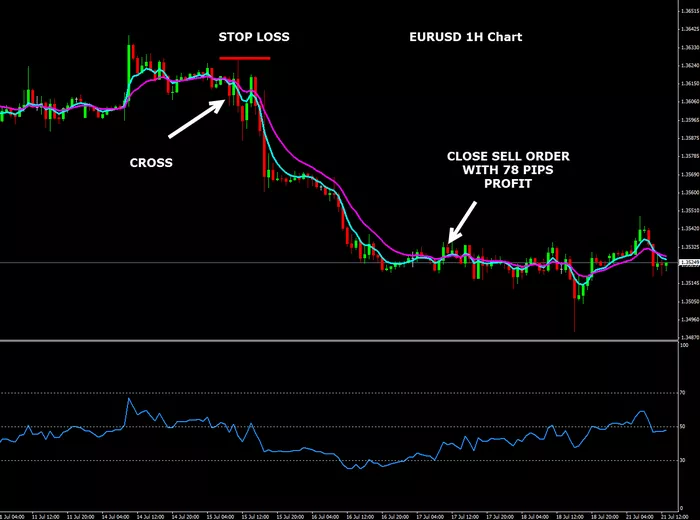Asian stock markets saw a decline on Thursday, following the release of Federal Reserve minutes that signaled caution regarding interest rate cuts. Meanwhile, President Donald Trump’s comments on tariffs and government spending added further uncertainty to market sentiment.
Shares across the Asia-Pacific region dropped, with mainland China and Hong Kong opening lower. US equity index futures also showed a decline, suggesting that the S&P 500 would give up some of its gains from Wednesday. In contrast, Treasuries held steady, and gold remained close to its record highs, reflecting continued demand for safe-haven assets.
Fed’s Cautious Stance on Rate Cuts
The minutes from the January Federal Reserve meeting revealed that policymakers are cautious about cutting interest rates due to persistent inflation and ongoing economic uncertainty. The Fed is also considering pausing or slowing the balance-sheet runoff, a process known as quantitative tightening (QT), until the government resolves its debt-ceiling issues.
“They will sit and wait before cutting again,” said Peter Boockvar, author of The Boock Report. “The Fed still seems to have an easing bias, and comments about the balance sheet could explain why yields dipped slightly.”
Currency and Equity Markets
The drop in Japanese equities was partially due to a stronger yen, which rose for a second consecutive day, trading around 151 yen per US dollar. The Bloomberg Dollar Spot Index showed a slight decrease after climbing the previous session.
Meanwhile, financial markets largely ignored President Trump’s comments on Wednesday, which included discussions about cutting government spending and additional tariff actions. Trump also highlighted gains in the Nasdaq, Dow Jones, and Bitcoin in recent months.
Bitcoin, which surged to record highs following the November 2020 election, has since fallen around 10% from its peak in January.
Regional Economic Data and Corporate Earnings
In Australia, the dollar rose after new data showed the economy added more jobs than expected. In Asia, key economic data was released, including export orders for Taiwan and inflation figures for Hong Kong. China’s medium-term lending facility data is also expected soon, with a release window through February 25.
Recent data showed that China experienced its weakest start for inbound investment in four years, with just over $13 billion in new foreign investment in January. Investors are also eyeing Alibaba’s earnings report, following a rally that added over $110 billion to its market value.
In the commodities sector, Rio Tinto Group reported a decline in annual profit, while Fortescue Ltd. saw a 53% drop in first-half profit, impacted by weaker iron ore prices due to reduced demand from China.
US Economic Data and Market Outlook
US economic data from Wednesday showed a slowdown in housing starts in January as builders reduced single- and multi-family home construction. Treasuries held steady in early Asian trading after gains the previous session. The Bloomberg Dollar Spot Index was little changed following a 0.2% increase on Wednesday.
Oil prices remained stable on Thursday, following gains in the prior session amid ongoing concerns about crude supplies from Russia, Kazakhstan, and OPEC+.
Related topics:






























